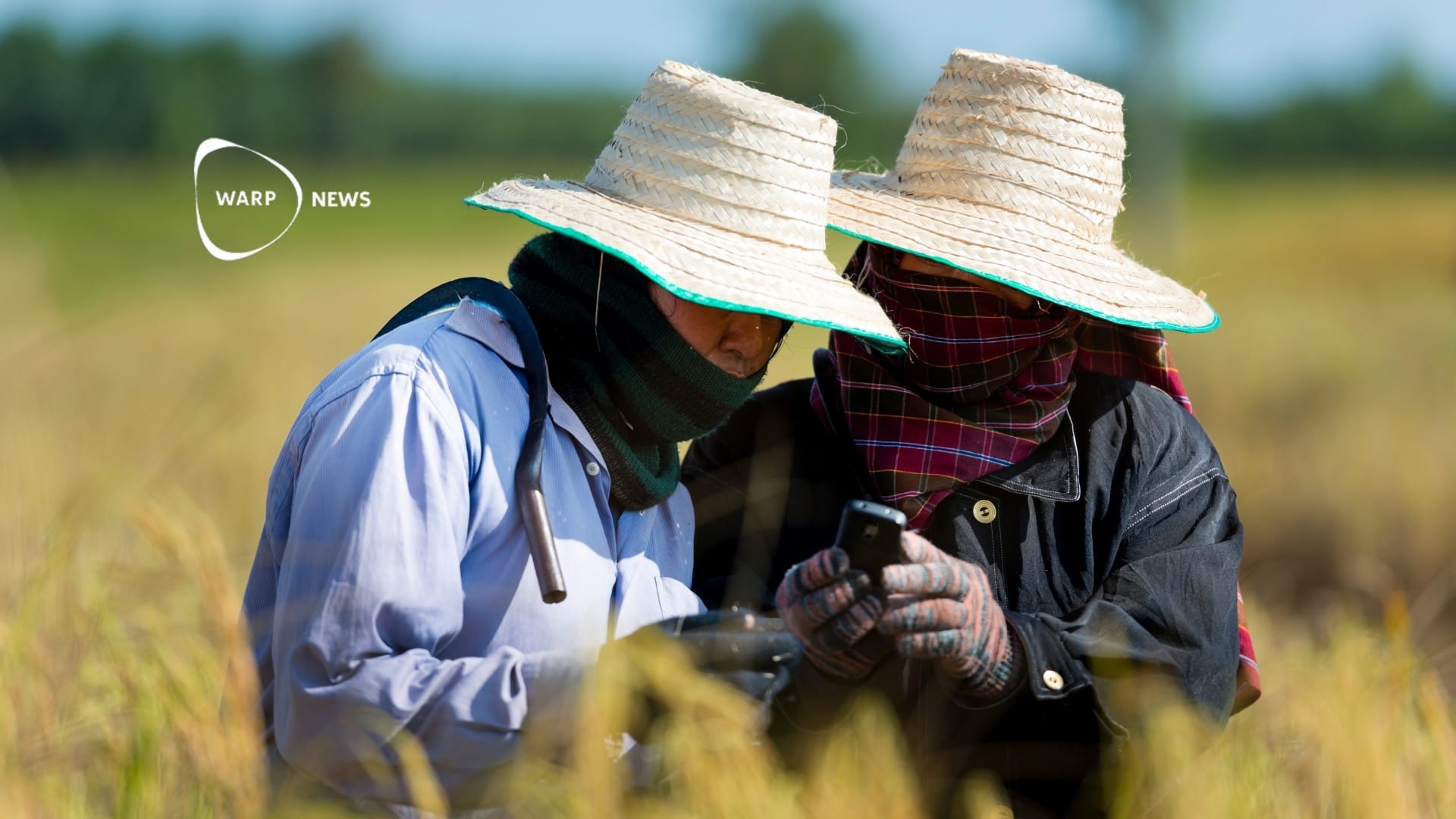
🦜 Rare hummingbird rediscovered in Colombia
It’s been 13 years since the last sighting of this rare hummingbird species. Now, it has been rediscovered in Colombia, cloaked in iridescent green and blue.
Share this story!
Sightings of the Santa Marta sabrewing (Campylopterus phainopeplus a very rare hummingbird species) have only been documented three times: when it first was discovered, 13 years ago and during the beginning of August this year (2022).
This rare bird species is included on the list of the “top 10 most wanted lost birds” and after being spotted this year, it gives conservationists hope that the critically endangered species might recover.
The rare sabrewing can only be found in the country’s Sierra Nevada de Santa Marta mountains.
“This sighting was a complete surprise, but a very welcome one,” said Yurgen Vega, who made the rediscovery while working with SELVA, ProCAT Colombia and World Parrot Trust to study endemic birds in Sierra Nevada de Santa Marta. “As I was leaving the area where I had been working, a hummingbird caught my attention. I got out my binoculars and was shocked to see that it was a Santa Marta sabrewing, and in an incredible stroke of luck the hummingbird perched on a branch giving me time to take photos and video.”
Thanks to its emerald green feathers, bright iridescent blue throat and curved black bill, the male hummingbird was instantly recognized by the birdwatcher. The bird was sitting on a branch singing and vocalizing, which scientists believe to be a behavior connected to defending territory and courtship. Even though Vega didn’t spot any other birds, some local birdwatchers have sporadically reported catching a glimpse of the allusive hummingbird.
Scientists know very little about this bird species. Their only knowledge is that the bird typically lives in humid neotropical forests at mid elevations between 4,000 and 6,000 feet (1,200-1,800 meters). According to Good News Network ”ornithologists believe that the hummingbird may be migratory, moving up to even higher elevations in the páramo—an ecosystem of grass and shrubs—during the rainy season in search of flowering plants.”
“Technology has made it much easier to gain and share knowledge about the Sierra Nevada de Santa Marta and its inhabitants,” said Diego Zárrate, director of conservation with ProCAT Colombia.
“It’s so incredible to see photos and video of the Santa Marta sabrewing,” said John C. Mittermeier, director of threatened species outreach at American Bird Conservancy. “It’s like seeing a phantom. When we announced the top 10 most wanted lost birds last year, we hoped that it would inspire birders to look for these species. And as this rediscovery shows, sometimes lost species re-emerge when we least expect it. Hopefully rediscoveries like this will inspire conservation action.”
Picture: Yurgen Vega | SELVA | ProCAT via Good News Network
By becoming a premium supporter, you help in the creation and sharing of fact-based optimistic news all over the world.


